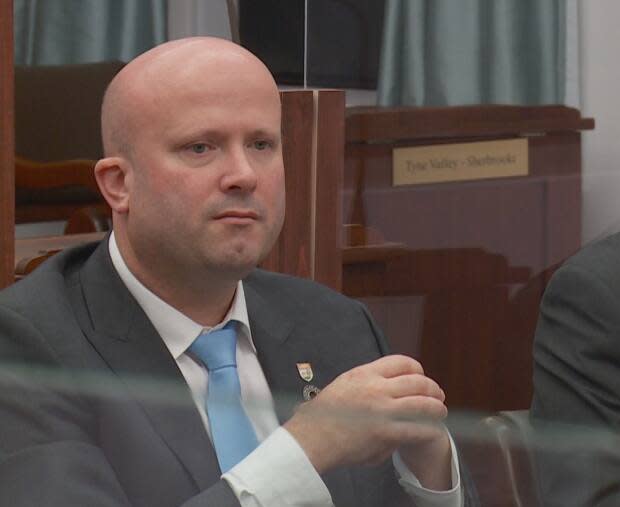P.E.I. revised population projections predict much faster growth

The P.E.I. government is projecting a population of 200,000 in 2030, a milestone that would be four years ahead of what the province expected only a year ago.
The province saw record growth in 2022, up more than 7,000 people. The government is forecasting growth will continue at between 3,000 and 4,000 a year into the future.
The continued rapid growth raises questions such as where these new Islanders will live, given that P.E.I. has been in a housing shortage crisis since 2019.
"It's a little bit scary," said David Arsenault of Arsenault Properties, a property developer and manager.
"It's definitely concerning in how we're going to keep up with an already struggling labour force. Across the Island, we've been struggling to keep up with demand."

And there is the difficulty: P.E.I. needs more people to get the work done, but bringing in more labourers creates a need for more housing, which means more work needs to be done.
The problem is not going to be solved by doing things the way the Island has done in the past with large subdivisions of single-family homes, said Sam Sanderson, general manager of the Construction Association of P.E.I.
"We have to be innovative, we have to be creative. Maybe there needs to be more cohabitation happening, maybe we build smaller homes," Sanderson said.
He noted there has been some success with tiny home projects recently.
Interprovincial migration throwing projections
The province may already be behind on its projections.
The estimate for 2023, as measured on July 1, is just over 174,000 people. The population on Jan. 1, the most recent available report from Statistics Canada, was just a few dozen short of that, at 173,954.
That's an increase of more than 3,000 in six months, and roughly what the province was projecting for growth over the whole year.
In order for the province's projections to be correct, there would have to be virtually no growth in the first half of 2023, but that's not the way things tend to go.
Over the last five years, most of the province's growth has been in the first half of the year.
Much of the difference between the province's projection and the most recent Statistics Canada data is from interprovincial migration.
The province is projecting net interprovincial migration to be close to zero, so roughly the same number of people would be leaving P.E.I. for other provinces as the number of people arriving to the Island.
P.E.I. interprovincial migration
Over the long term, said Nigel Burns, director of economic statistics for the P.E.I. Department of Finance, that is the way it has been.
"Over a long period of time P.E.I., sees a net increase for a period of time and then a net outflow of people for a period of time," said Burns.

"It kind of depends on the relative economic circumstances between P.E.I. and the rest of the country."
Those cycles are difficult to predict, said Burns. That's why for its projection, the province sets net interprovincial migration to zero.
In the last few years the province has been bringing in thousands more people than have been leaving. Net migration has been positive at record levels. If that continues in the first half of this year, it will push the province's projection well out of whack.
Instead of 174,000, the population on July 1 would be 177,000, and the province would need homes for 3,000 more people than it expects.
P.E.I. has hired a private company to improve its population projection model.
Construction slowdown
In response to the housing crisis P.E.I.'s construction industry ramped up production of housing in 2020, in spite of the pandemic.
The number of completed housing units grew from just under 800 in 2019 to more than 1,300 in 2020 and just under 1,400 in 2021.
But that number slipped under 1,300 last year, and there are no signs of a bounce-back this year. The number of housing units planned in building permits issued in the first three months of 2023 are only two thirds of what they were the year before.
Housing units planned in building permits


